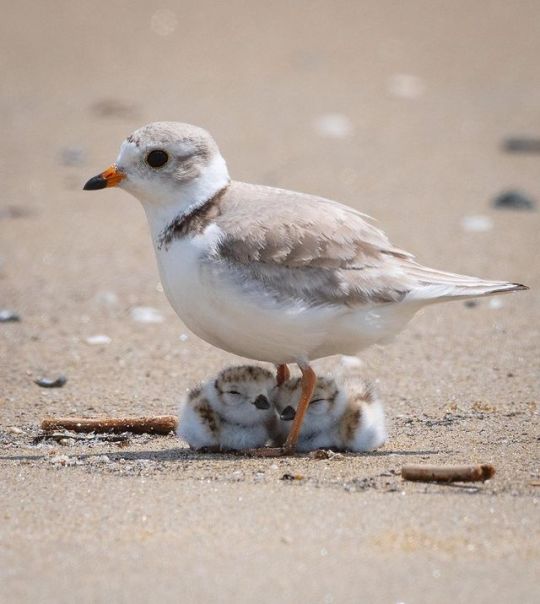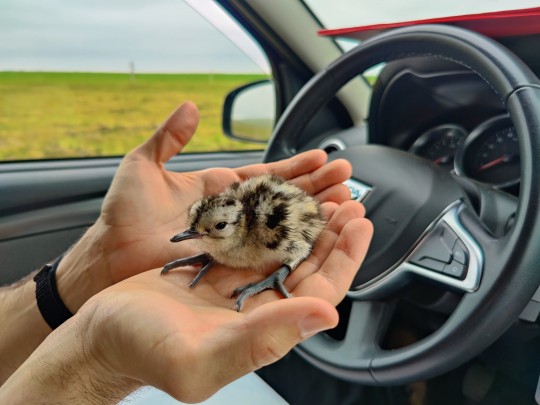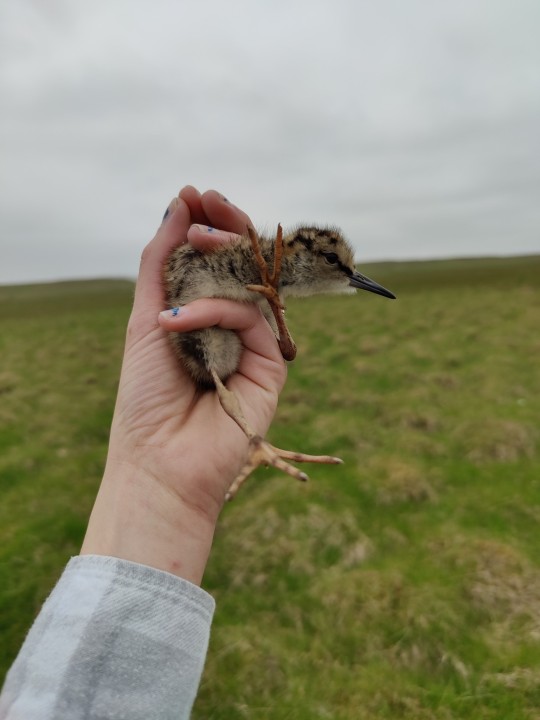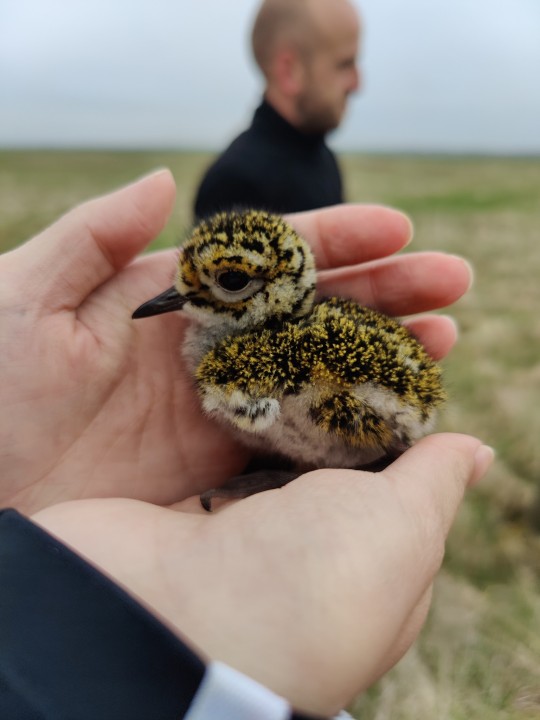#Charadrius
Explore tagged Tumblr posts
Text

Piping Plover
14K notes
·
View notes
Text

Killdeer (Charadrius vociferus) chick, family Charadriidae, order Charadriiformes, WA, USA
photograph by J. Bonello | USFWS
#killdeer#shorebird#charadrius#charadriidae#charadriiformes#plover#bird#ornithology#animals#nature#north america
3K notes
·
View notes
Text


Photo source
Map source
#poll#birds#killdeer#charadriiformes#charadriidae#charadrius#charadrius vociferus#america#north america#central america#south america
57 notes
·
View notes
Text

[2986/11080] Double-banded plover - Charadrius bicinctus
Note: Clements places this bird in the genus Anarhynchus.
Order: Charadriiformes Suborder: Charadrii Family: Charadriidae Subfamily: Charadriinae (plovers)
Photo credit: Michael Stubblefield via Macaulay Library
#birds#Double-banded plover#Charadriiformes#Charadrii#Charadriidae#Charadriinae#Charadrius#birds a to z#undescribed#25% - 50%#Anarhynchus
72 notes
·
View notes
Text

common ringed plover (charadrius hiaticula), ireland
#charadriiformes#charadriidae#charadrius#common ringed plover#shorebirds#waders#plovers#birds#birdwatching#bird photography#display flight
11 notes
·
View notes
Text
Some of the baby birds I met on this recent round of field work:







1. Limosa limosa, black-tailed godwit
2. Haematopus ostralegus, oystercatcher
3. & 4. Numenius phaeopus, Eurasian whimbrel
5. Tringa totanus, redshank
6. Charadrius hiaticula, common ringed plover
7. Pluvialis apricaria, European golden plover
#not lichens#birds#birbs#baby birds#ornithology#ecology#biology#field work#Limosa limosa#black-tailed godwit#Haematopus ostralegus#oystercatcher#Numenius phaeopus#Eurasian whimbrel#redshank#Tringa totanus#Charadrius hiaticula#common ringed plover#Pluvialis apricaria#European golden plover
4K notes
·
View notes
Text


Fantasy Lives On!
FF x Metaphor | Adventure Begins ver.
#my art#digital art#digital illustration#metaphor refantazio#final fantasy#metaphor spoilers#destroyer charadrius#king archetype#i never want to paint feathers again#metaphor fanart#metaphor x ff#the ffxvi logo is burned into my retinas bc i stared at that for so long due to feathers#artists on tumblr
177 notes
·
View notes
Text

finally made one of these doodle pages for junah! 💕
(pro/ship dni)
#metaphor#metaphor refantazio#junah cygnus#juani cygnus#basilio magnus#fidelio magnus#charadrius trio my beloved#i still dont know what else to call them.
134 notes
·
View notes
Text

Charadrius dubius [コチドリ,Little ringed plover]
夕暮れ時、目力の強いコチドリが近づいてきました🙂
95 notes
·
View notes
Photo

Piping Plover (Charadrius melodus)
© Matthew Bode
101 notes
·
View notes
Text

Piping Plover
40 notes
·
View notes
Text

Killdeer (Charadrius vociferus), mother with chicks, family Charadriidae, order Charadriiformes, VA, USA
photograph by Matt Felperin
#killdeer#plover#charadrius#chradriidae#charadriiformes#shorebird#bird#ornithology#animals#nature#north america
589 notes
·
View notes
Note
can you do the killdeer (Charadrius vociferus)?
Of course! They're very cute.


Photos thanks to Frank Thierfelder & Enrique Giron, respectively.
#north american bird#central american bird#south american bird#killdeer#plover#bird#birds#birding#animal polls#poll blog#my polls#animals#polls#tumblr polls#charadriiformes#charadriidae#charadrius vociferus
92 notes
·
View notes
Text




#poll#Class: Aves#Order: Charadriiformes#Family: Charadriidae#Genus: Charadrius#Charadrius Vociferus#Range: Nearctic#Range: Neotropical
71 notes
·
View notes
Text

common ringed plover (charadrius hiaticula), ireland
#charadriiformes#charadriidae#charadrius#common ringed plover#plovers#shorebirds#waders#birds#birdwatching#bird photography#display flight
9 notes
·
View notes
Text

W-What if they were pokemon tho....
#metaphor refantazio#metaphor will#metaphor louis#louis guiabern#louis charadrius#louis x will#louis x prince#prince metaphor#wolfy art
27 notes
·
View notes